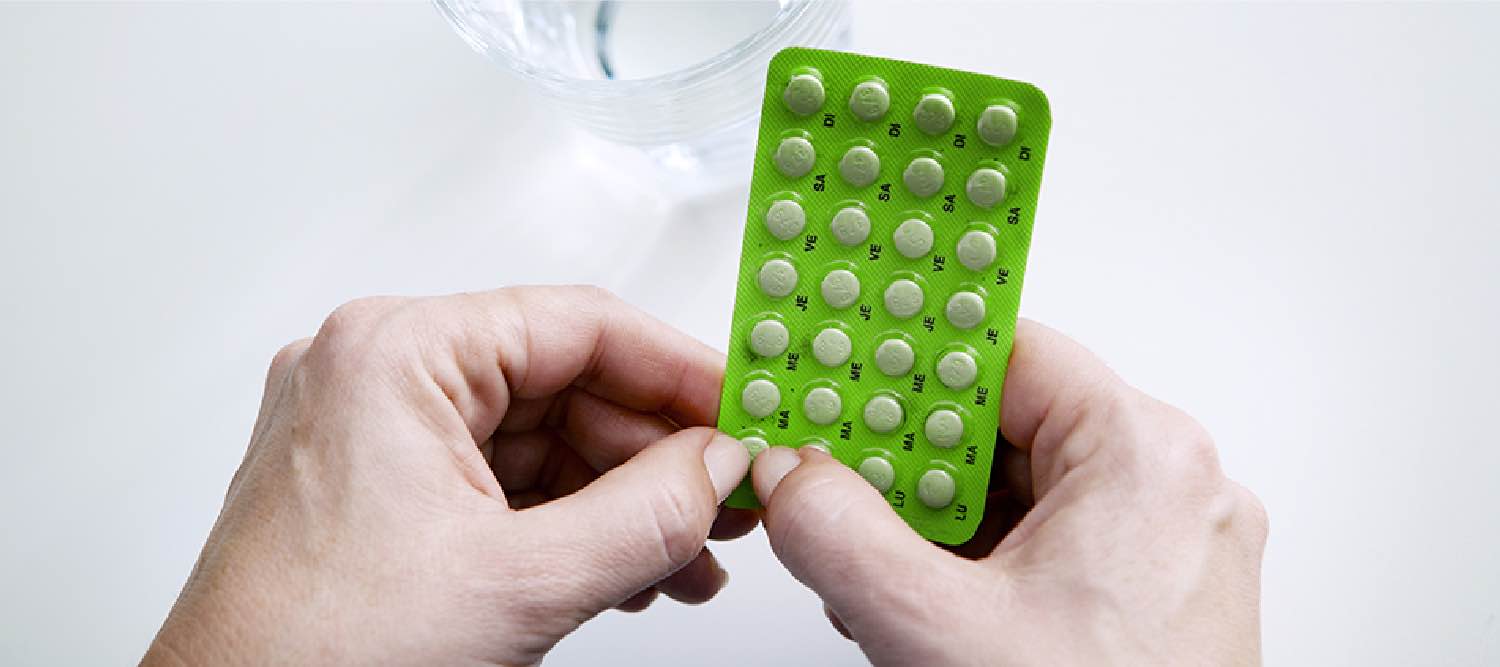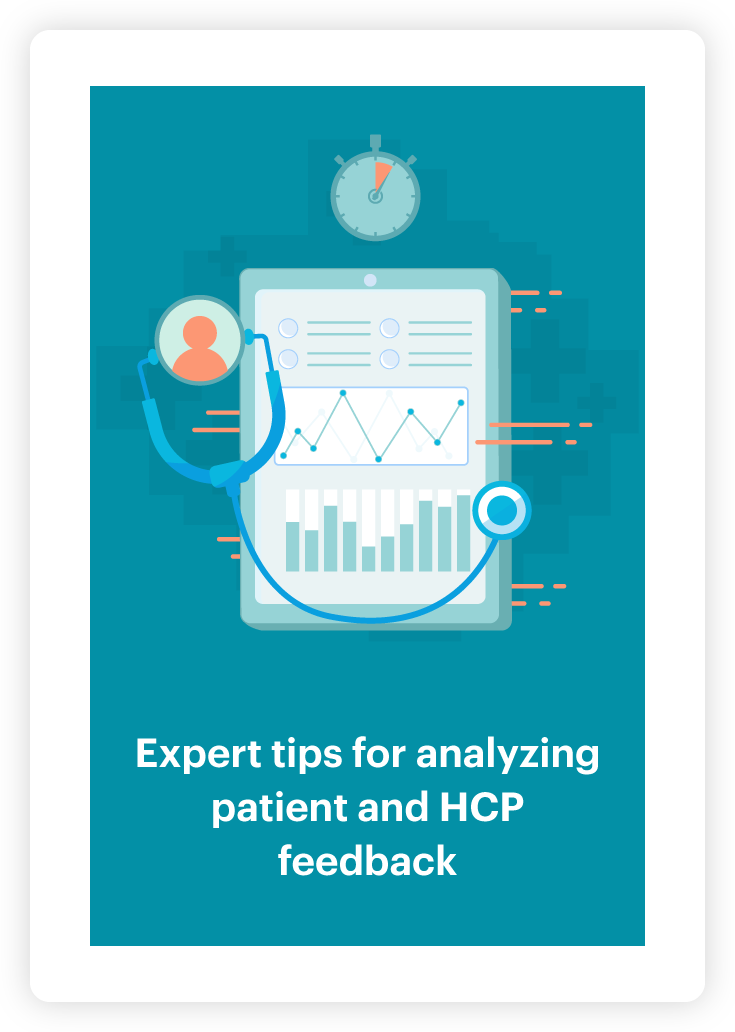Understanding treatment feedback through HRT drug review sentiment analysis

Hormone replacement therapy (HRT) in the United States has been a fraught topic of conversation ever since 2002, as seen in across online conversations and HRT reviews.
When the Women’s Health Initiative (WHI) terminated a study into estrogen plus progestogen therapy (EPT) following evidence of increased risk of breast cancer, heart disease, stroke and blood clots, the number of people seeking HRT fell by 80%. However, further investigation into HRT found that, for women under 60, the benefits of treatment outweigh the risks.
It’s taken much of those 20 years for trust in all HRT treatments to recover. This includes estrogen therapy (ET) – prescribed for women post hysterectomy – which was found to be safe in the WHI trial. Even now, menopausal women are still reluctant to seek these treatments and physicians reticent to prescribe them.
Last year’s State of the Menopause study from women’s health brand Bonafide found that 73% of US women who were experiencing menopausal symptoms weren’t looking to treat them.
To understand the reasons for this slow take-up, Relative Insight undertook HRT drug review sentiment analysis to see what health populations were saying about the impact of treatments.
In Relative Insight Medical, our text analysis platform created specifically for medical and pharmaceutical industries, we compared HRT reviews to bring measurable metrics to qualitative data. This included oral ETs (Premarin, Ogen, Menest, Femtrace, Estrace and Cenestin) against oral EPTs (PremPro, Premphase, Femhrt, Bijuva, Angeliq and Activella).
Our comparative methodology surfaces the words, topics, phrases and grammar used by both sets of reviewers, allowing us to easily pinpoint what sets each group apart. This technique allows us to highlight the words and messaging which would be most effective in promoting HRTs.
Estrogen therapy reviewers look beyond symptoms
What was striking from our HRT drug review sentiment analysis was the different priorities of each set of health populations. People taking ET medication were much less likely to discuss physical symptoms and side effects. What they did discuss were the mental health and psychological impacts of the treatments.
ET reviewers were infinitely more likely to use words related to psychology and mental health – meaning these didn’t appear at all in EPT reviews. The impact ET had on people’s ability to think clearly was a common response in reviews:
“[It] has helped thinking, overall mental stability. Increased sex drive again, tenderness in breast. Has caused higher blood sugar readings, resulting in higher insulin usage. More frequent urination. But, when weighing mental to physical control, it is worth it.”
Those taking ET were also far more interested in other aspects of the medications, including formulation and dosage.
They were 3.4x more likely to use measurements, particularly how many milligrams they’d been prescribed. They were also 4.8x more likely to discuss animals: this mostly related to the production of Premarin (and its association with horse urine).
“The 1.25mg strength is the only drug that has stopped my heart flashes. The .09mg did nothing. have been taking 1.25 of Cenestin for years w/o a problem!”
“Please don’t take this drug. “Premarin” stands for “pregnant mare urine” and that’s exactly what it’s made of… please talk to your doctor about alternatives to this medicine.”
The cost of ET was also a key discussion point – particularly whether the treatments were covered by insurance. People on ET were 3.7x more likely to talk about money and 7.3x more likely to use the word insurance.
“I have been taking Premarin since I was 32 years of age and had a complete hysterectomy. I will be 73 next month. Now my insurance says they will not pay for the drug. I tried an alternative for two months and cannot handle it.”
EPT reviews are a journey of physical symptoms
While ET reviews covered a variety of topics, EPT feedback followed the format of a health journey. Reviewers tended to stick to a clear formula – symptoms, diagnosis, prescription, impact, side effects, the future.
This framework of a journey is emphasized by use of progression-related words like ‘first’, ‘then’ and ‘finally’, which appear 1.9x more in EPT reviews. The word ‘improved’ also occurs 8.8x more in EPT reviews.
“At 50 – menopause was in full swing. Hot flashes were brutal both day and especially at night. Was adamant that I didn’t want to take hormones. Met with my doctor who spent quite a long time discussing the good, bad and ugly of hormones. Have been taking for almost 2 weeks and the change is remarkable. Don’t plan on taking forever, hope to ween off eventually.”
People on EPT were much more likely to highlight their physical symptoms – and whether the medication had improved these. They were 8.1x more likely to talk about vaginal dryness, discussed hot flashes 1.9x more often and were 12.3x more likely to cite improved energy.
“Flashes stopped after the first pill. No side effects. I am full of energy and concentration like never before. I live my second life.”
On the flip side, they also discussed side effects more frequently. Our HRT reviews analysis found they were 5.8x more likely to say that the treatment had brought on symptoms of depression and 3.5x more likely to use words related to the topic of sadness. They also highlighted bleeding 15.0x more than those on ET.
“I started on this 2 years ago but overcoming the side effects weren’t easy. Digestion was affected, ravenous appetite, no libido, hair falling out in clumps and 1 month into treatment I had to start antidepressants because of 3 – 4 hours of depression every day.”
How drug review sentiment analysis can help with selling HRT to practitioners and health populations
By conducting HRT drug review sentiment analysis for these two health populations, we’re able to highlight key areas where drug providers and health practitioners can tailor their messaging to improve HRT take up.
For ET treatments, it’s crucial to highlight the mental health benefits in addition to the physical benefits. Messaging should target a sophisticated audience that has done its research when it comes to drug dosage and formulation while being transparent about cost and whether insurance firms will cover it over a period of time is vital.
When talking about EPT, both pharma firms and practitioners should emphasize that the treatment is a journey. They should explain that immediate symptom relief might be followed by side effects – which health populations will need to overcome.
Framing this correctly, rather than highlighting the former and glossing over the latter, will set the right expectations for health populations – ensuring they take up and stick with the treatment.
Implementing these changes – based on insights uncovered through HRT reviews analysis – could begin to reduce the number of menopausal women avoiding treatments.
Our software brings quantitative rigor to qualitative data sources – in this case by analyzing customer HRT reviews. If you have healthcare text data that you want to act upon but don’t know where to start, speak to one of our team to learn how Relative Insight Medical can help.

